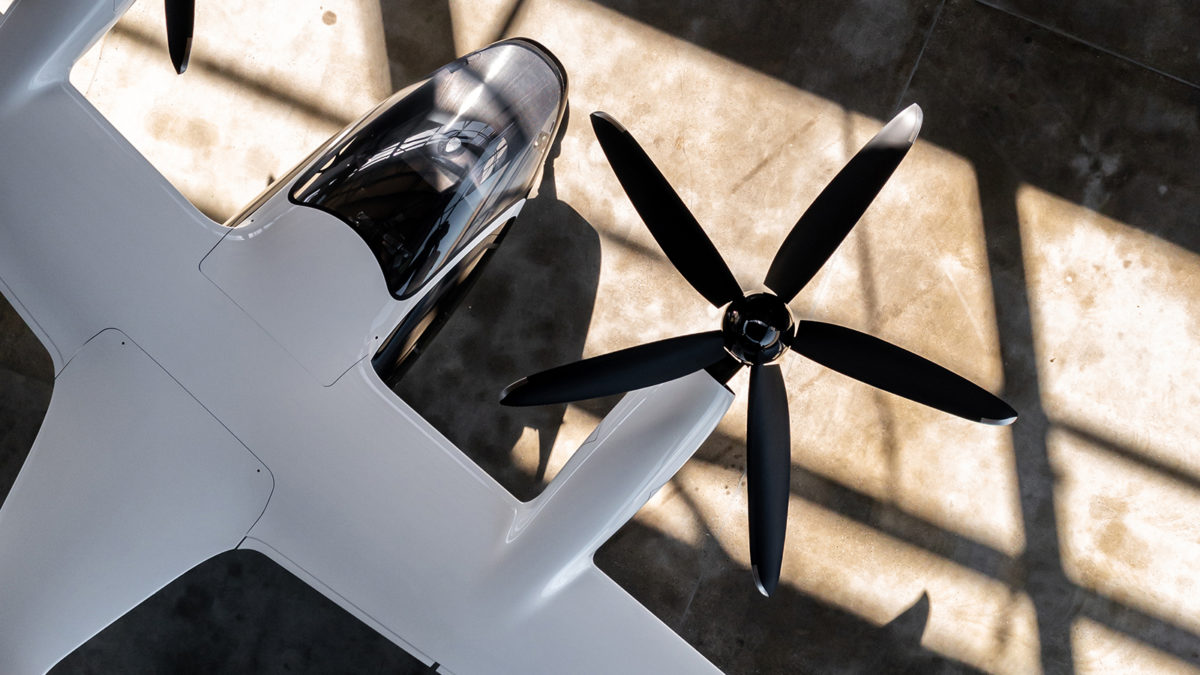FAA seen as providing design flexibility for air taxi developers to cope with emergency scenarios
By Paul Brinkmann|April 15, 2024
FAA says the requirement applies to other aircraft in the category
Companies developing electric air taxis and longer-range electric aircraft are expressing confidence that they can meet FAA’s emergency landing requirement for cases when a pilot cannot reach the destination or a designated emergency landing site.
FAA levied the requirement on Joby Aviation in the airworthiness criteria for its S4 electric air taxi, published March 8, and indicated the wording applies to others on the certification path: The document “sets forth” criteria “appropriate and applicable” for any aircraft whose designers are seeking certification under the agency’s “powered-lift” category — that being the term for aircraft that take off and land vertically and then cruise on wings, or “non-rotating airfoils,” as FAA puts it.
Specifically, these powered-lift aircraft must be “capable of a controlled emergency landing following any condition where the aircraft can no longer provide the commanded power or thrust required for continued safe flight and landing (CSFL).”
While FAA would not elaborate, the experts I spoke with interpret this language to mean that designers do not have to prove that their aircraft can be landed even if they lose all thrust. That’s a departure from the certification requirement for airplanes under FAA’s Part 23 regulations and for helicopters under Part 27. A pilot must be able to glide to the ground without any power or autorotate a helicopter down, a process in which the force of the air turns its main rotor and generates lift.
“The airworthiness criteria in powered-lift are not a ‘no power’ configuration,” noted Walter Desrosier, vice president of engineering and maintenance for the Washington D.C.-based General Aviation Manufacturers Association, a nonprofit trade organization representing general aviation aircraft manufacturers and related enterprises. The reason for bypassing a “no power” requirement is that many electric aircraft have multiple power sources, typically batteries, and multiple rotors.
That makes it unlikely that all power or thrust would be lost, Desrosier said.
The requirement “establishes a performance expectation, but also allows for future powered-lift aircraft to have many different future configurations,” whether there’s two rotors or six or any other number of rotors, he said.
FAA continues to work toward publication of a general airworthiness standard for the powered-lift category. In the meantime, powered-lift designs, including Joby’s, will head toward type certification “as a special class aircraft under existing regulations,” FAA wrote in its proposed rules for powered-lift aircraft.
The Joby language is viewed by some as helpful, given that some developers could find it challenging to show that their aircraft can glide or autorotate to the ground safely.
Joby, of California, told me it was always planning to demonstrate a safe landing with a partial loss of power, though the company did not say what method it would employ.
The S4 has six motors and it “can continue to fly if one of its motors suffers a failure such as a loss of power,” the company said by email. S4 was designed “with deep redundancy” so that even if electric power from one of the lithium battery networks goes out, “the aircraft can continue to fly safely and land with rated power and function to all rotors.”
Gliding could help too. While Joby doesn’t publish its glide ratio, the company says the main wingspan of its production aircraft will be 11.8 meters. The aircraft also has a tail wing, but the company declined to release the span of that rear wing.
Archer Aviation, also of California, said in response to my questions that its Midnight aircraft is “controllable following a full loss of propulsive power, although the aircraft is architected for this situation to be extremely improbable as it has six independently wired battery packs, so damage or malfunction on one does not affect the five other batteries.”
The company said Midnight’s wingspan, at 15 meters, and overall design results in a glide ratio of 10-to-1, which means it can travel 10,000 feet forward for every 1,000 feet of altitude loss. Most electric air taxis are not expected to operate above 4,000 feet. According to FAA, a Cessna 172 has a glide ratio of 8-to-1.
One electric aircraft developer said regulatory matters in Europe are similar.
“We are not requested to demonstrate a complete loss of power, but rather to show EASA [the European Union Aviation Safety Agency] that our design is robust enough to enable the aircraft to perform continued safe flight and landing,” said Lilium, the Munich-based developer of the Lilium Jet air taxi and regional transport, in an email response to my questions. “The standard that we are certifying to for EASA requires us to demonstrate that a total loss of power is less probable than one in a billion flight hours. This is why our aircraft has so many engines and independent power packs,” the company said, referring to the aircraft’s 36 motors.
Lilium intends to receive concurrent FAA approval to sell Lilium Jets in the U.S.
Dallas-based Jaunt Air Mobility, however, says its Journey electric aircraft are being designed for autorotation with a single large rotor, and will also have some gliding capability on the wing.
Martin Peryea, founder and CEO of Jaunt Air Mobility, believes that the short wings of competing designs are not likely to provide much glide capability to augment whatever power is left when an aircraft experiences an outage as it is taking off or landing vertically.
“It’s going to be a real challenge for some of these aircraft because they can’t autorotate,” Peryea said. “So the only thing they can do is glide. And depending on the orientation of the aircraft, its glide ratio is going to be pretty bad if it’s in the vertical takeoff mode.”
Get the latest news about advanced air mobility delivered to your inbox every two weeks.





